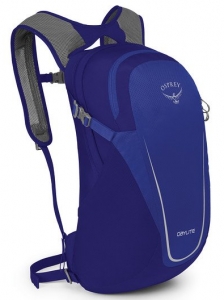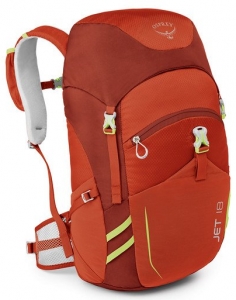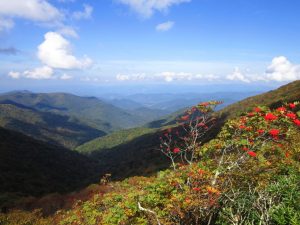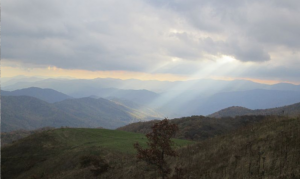As a locally owned business that’s committed to getting people outdoors, we think it’s important to support brands that are doing good for the environment and our society as a whole. One of our favorite pack brands, Osprey Packs, has been making bombproof packs for over 40 years.
Why We Love Them
Wondering how making bombproof packs translates into an eco-friendly move? Buying a high quality item once, significantly reduces your waste and therefore your carbon footprint (and it’s not too bad for your budget either). Osprey does durable packs like no other brand. They’re so confident in the quality of their gear that their warranty covers damage for any reason for an unlimited period of time. 5, 10, 15 years from now you’ll still be able to rock your Osprey pack on any adventure.
Our Top Product Picks

Osprey Daylite Pack – $50.00

Osprey Jet 18 Kids Pack – $60.00

Osprey Duplex 60 Travel Pack – $220.00



























